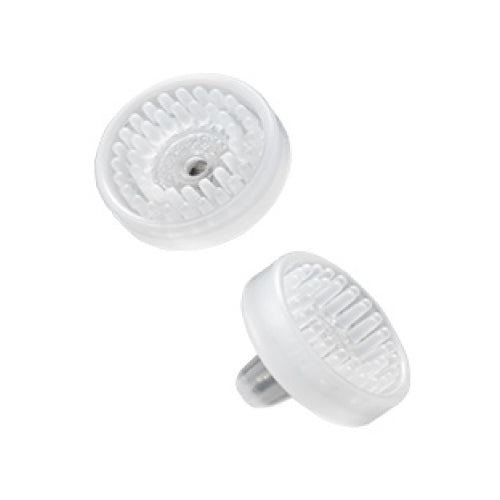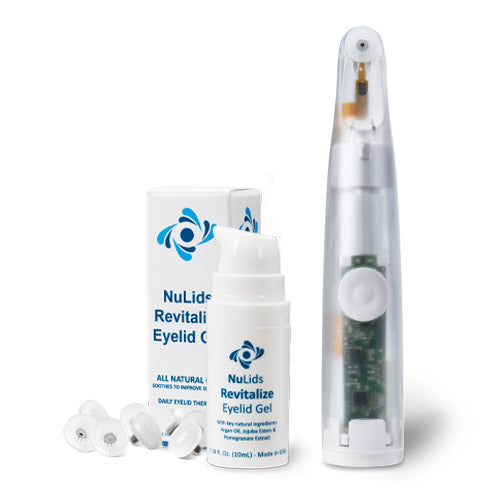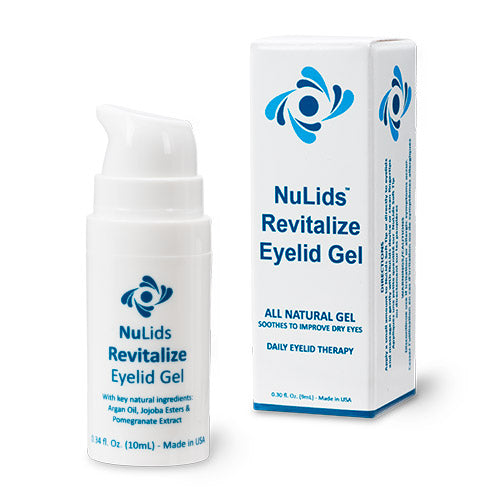Cataract surgery is very results oriented and with that comes high expectations from patients in terms of outcomes and improvement in vision. Due to this, we tend to place much emphasis on pre-operative decisions such as the type of IOL to use. However we need to place equal importance on looking at the ocular surface and meibomian glands to detect any possible dry eye disease and address this prior to surgery in order to avoid inaccurate presurgical lens calculations, sub-optimal lens choices, and compromised outcomes.
The Role of the Tear Film In our practice about 70% of patients have some form of dry eye, with at least 50% being moderate to severe. In many cases of dry eye the tear film is deficient, and if this is not addressed prior to surgery, the patient most likely will have more blurred vision and glare. Particularly with premium or advanced lens patients, we want to make sure we do everything possible to produce good results quickly. When I initially see patients for cataract surgery, I always do a dry eye evaluation, which includes looking at the meiobomian glands, and conducting an osmolarity test and a tear breakup time (TBUT) test.
“we need to place equal importance in maximizing the fidelity of these calculations by examining the ocular surface for meibomian gland dysfunction and dry eye disease”
If a patient is diagnosed with dry eye disease, the next step is to determine the best treatment option. Many patients use artificial tears, but these only address their symptoms not the root cause of their dry eye. If a patient’s tear film is deficient, there are options such as warm compresses and also prescription medications such as cyclosporine, lifitegrast, or an antibiotic. However these treatments don’t treat the root cause and can also take months to see meaningful improvement in the tear film. This can delay the patient’s surgery, leading to unsatisfied patients and practice disruptions.
Treating the Root Cause
I recently started using the NuLids System, a doctor directed, at home treatment for patients with dry eye. NuLids effectively alleviates symptoms by stimulating and rejuvenating the meibomian glands back to a healthy state. NuLids is safe and clinically effective, and in addition to treating dry eye is good for ocular hygiene, Blepharitis and Demodex. Studies demonstrated a 65% improvement in tear film breakup time (TBUT) and an 81% increase in Meibomian Gland Yielding Liquid Secretions in less than 30 days with NuLids.1 Additionally, NuLids has been shown to remove scurf, improve Meibomian Gland effectiveness, and increase Meibomian Gland output by 2 times.1 With daily use, our patients typically see a noticeable difference within one to two weeks of using the device, with improved TBUT, markedly less capping of the meibomian glands, and reduced inflammation from Blepharitis. NuLids is quick and easy to use and only takes about 15 seconds per lid each day. It’s also cost-effective for patients.
A Game Changer for Cataract Patients
We have seen patients with irregular IOL calculations who return after using NuLids for just a few weeks and we get good measurements and lens calculations in preparation for cataract surgery. In fact we haven’t had a patient yet where
“We are getting cleaner lens calculations”
we didn’t get coherent lens calculations after using NuLids. Additionally when repeating topography for phaco measurements, there are less artifacts associated with dysfunctional tear films.
One example is a recent cataract patient who wanted a Technis Symfony® lens (Abbott). At her pre-opertive appointment her left eye topograhy was 3 D of cyl and the IOL master only read 0.5 D. Since the basic lens formula is P = A – 0.9 K – 2.5 AL, this could have resulted in a 2.5 D of error in lens choice.
We repeated the measurements, and had similar unreliable readings. She was already on Restasis and artificial tears. She needed the phaco performed in a narrow window of time, so we started warm compresses and the Nulids System. One week later we repeated calculations and all the measurements were within 0.25 diopter of cyl. with POD#1 20/20 vision.
The NuLids System has truly been a game changer for our practice. We are getting cleaner lens calculations, so there is less chance of being off on astigmatism measurements and a better chance of getting good lens calculations the first time. We are also getting a better view through the cornea during surgery, which makes it easier and our calculations cleaner. Ultimately this all leads to better patient outcomes and satisfaction.



